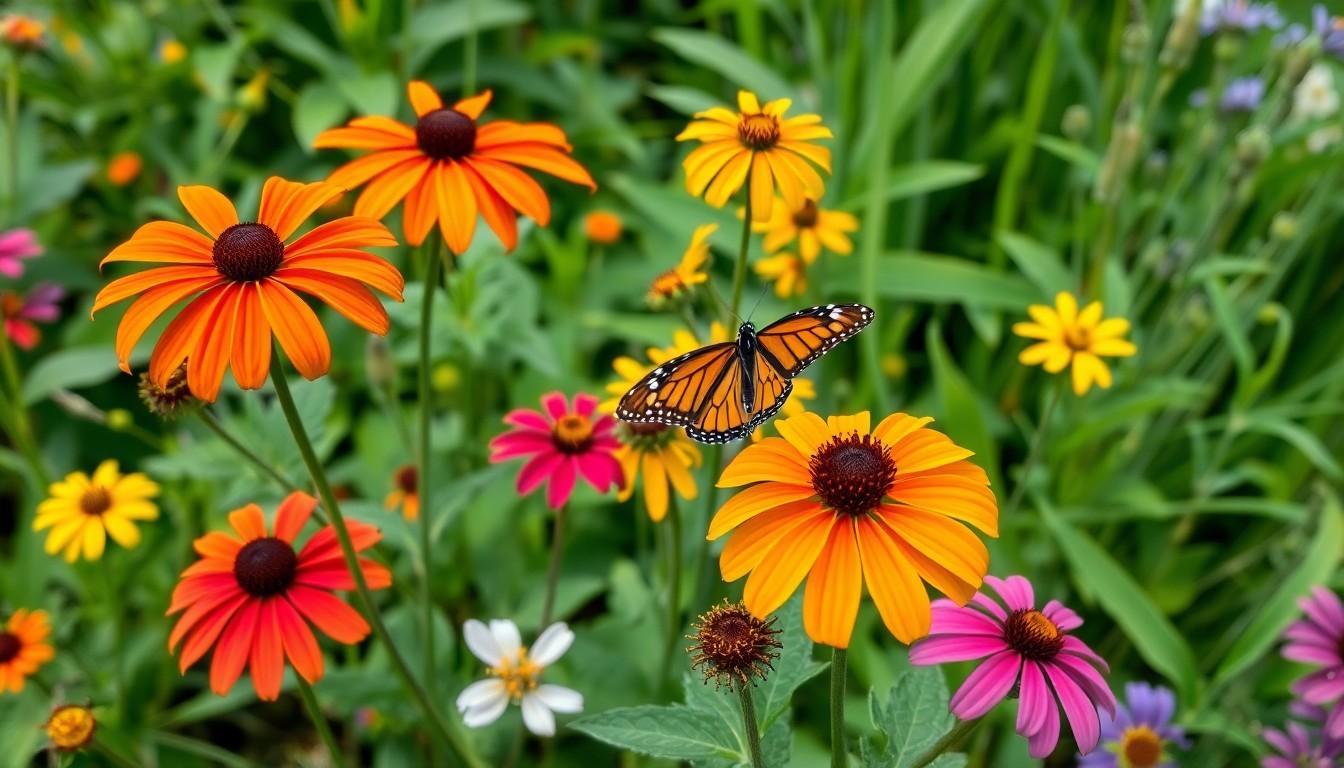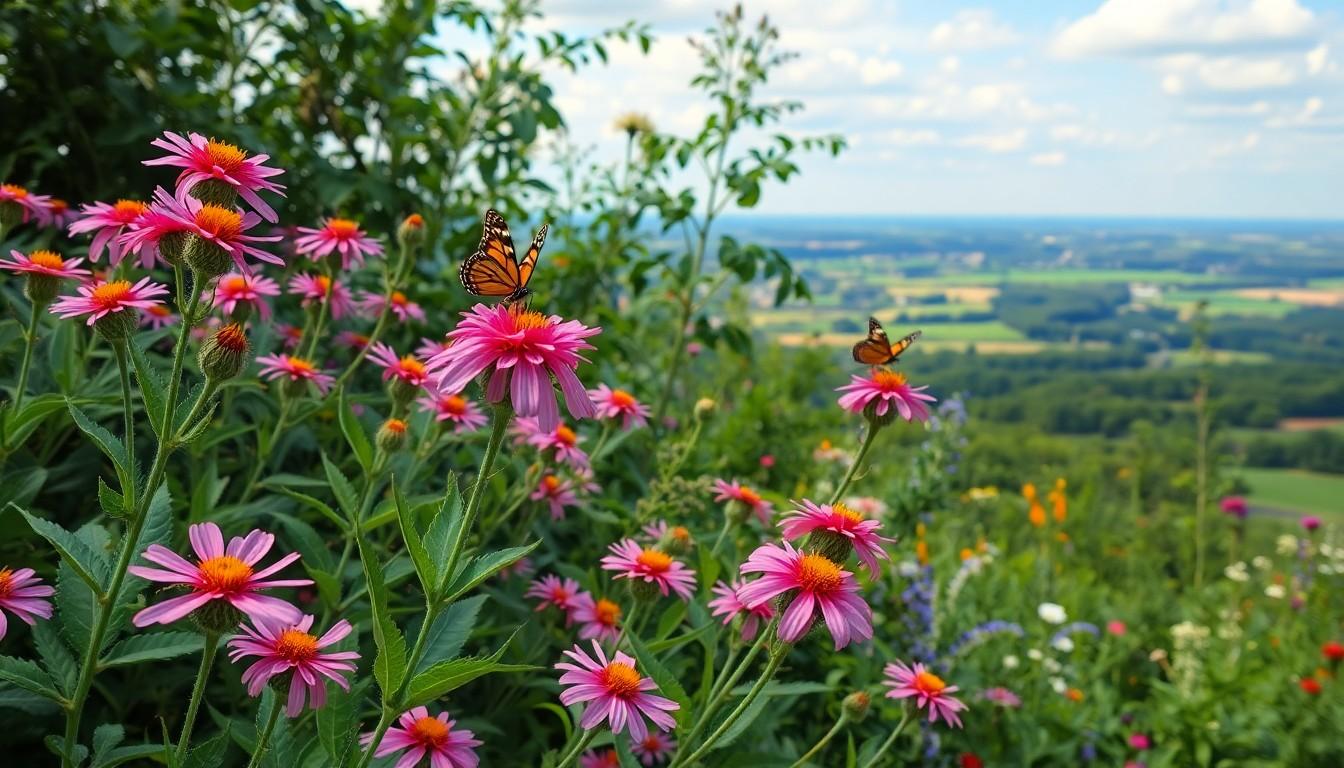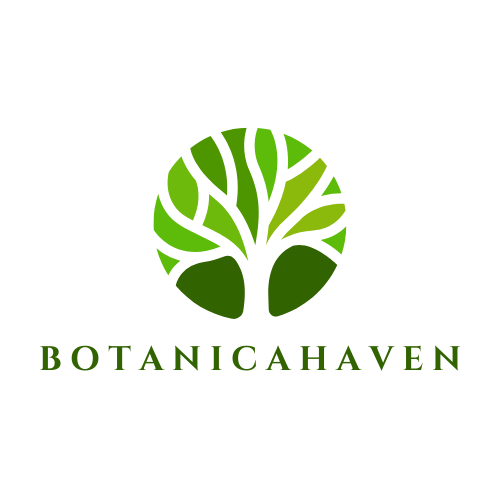The Best Fluffy Pancakes recipe you will fall in love with. Full of tips and tricks to help you make the best pancakes.

Delaware Native Plants: Unlock the Secrets to a Thriving, Sustainable Garden
Delaware may be small, but its native plants pack a punch! These green gems are not just pretty faces; they’re the unsung heroes of local ecosystems. From the vibrant blooms of the Eastern Red Columbine to the sturdy roots of the Black-eyed Susan, these plants thrive in the First State’s unique climate, offering beauty and resilience.
Overview of Delaware Native Plants
Delaware native plants play a crucial role in supporting local wildlife and maintaining biodiversity. These species are adapted to the state’s specific environmental conditions, making them more resilient to changes. The Eastern Red Columbine (Aquilegia canadensis) thrives in woodland areas, attracting hummingbirds and butterflies with its bright red flowers. Additionally, the Black-eyed Susan (Rudbeckia hirta) provides essential nectar for pollinators and creates vibrant landscapes.
Various ecosystems in Delaware, including forests, meadows, and wetlands, host a wide variety of native plants. Each ecosystem offers unique habitats that support different plant species, such as the Swamp Milkweed (Asclepias incarnata) found in wetland areas. This plant serves as a critical food source for Monarch butterflies.
Importance lies in the ability of these plants to reduce erosion and manage stormwater. Deep root systems help stabilize soil, offering protection against flooding. Furthermore, native plants require less maintenance, contributing to lower water usage and reduced need for chemical fertilizers.
Delawareans benefit from cultivating native plants in gardens and public spaces. These plants provide aesthetic appeal while promoting environmental health. Local initiatives encourage citizens to choose native species when landscaping, fostering a more sustainable ecosystem.
Through education and awareness, residents can appreciate the beauty and ecological value of native flora. Engaging with local conservation efforts not only enhances landscapes but also supports wildlife habitats. Embracing Delaware native plants strengthens the connection between communities and their natural environments.
Importance of Native Plants in Delaware

Delaware’s native plants play a crucial role in maintaining ecological balance. Their presence enhances local ecosystems.
Ecological Benefits
Native plants promote biodiversity by providing food and habitat for wildlife. Many pollinators, such as bees and butterflies, rely on species like Swamp Milkweed for nourishment. These plants adapt well to Delaware’s climate, making them resilient to pests and diseases. Soil erosion decreases due to the extensive root systems of native vegetation, which stabilize the landscape. Stormwater management improves as these plants absorb rainwater, reducing runoff and filtering pollutants. The use of native species in landscaping lowers the need for harmful pesticides and chemical fertilizers, supporting healthier environments for both flora and fauna.
Cultural Significance
Cultural identity in Delaware often intertwines with native plants. These plants hold historical importance as they provide traditional uses for Indigenous communities. Local events and festivals frequently celebrate the beauty of native flora, fostering a deeper appreciation among residents. Education initiatives introduce native plants in gardening practices, allowing families to connect with their heritage. Preserving native species reflects a commitment to environmental stewardship and sustainability. This connection strengthens community bonds as people work together to promote native plant gardens and restoration projects across the state.
Popular Delaware Native Plants
Delaware’s native plants contribute significantly to the state’s ecology. A variety of species thrive across different habitats.
Flowering Plants
Flowering plants play a crucial role in attracting pollinators. Eastern Red Columbine features vibrant red blooms that attract hummingbirds. Black-eyed Susan offers bright yellow flowers, providing nectar for bees and butterflies. Swamp Milkweed’s pink clusters are essential for Monarch butterflies in their migration. These plants enhance both beauty and biodiversity throughout Delaware’s landscapes.
Grasses and Sedges
Grasses and sedges contribute to habitat stability. Little Bluestem grows in meadows and prairies, serving as a habitat for various wildlife. Bluejoint Grass thrives in wetland areas, providing cover and food for many birds. Sedge species such as Prairie Sedge stabilize soil, reducing erosion in sensitive areas. Together, these plants support the ecosystem while requiring minimal maintenance.
Trees and Shrubs
Trees and shrubs offer vital shelter and food sources. Oak species like Northern Red Oak provide acorns, feeding many birds and mammals. Sweetbay Magnolia blooms with fragrant white flowers, attracting pollinators. Dogwood species display stunning blooms in spring, benefiting local wildlife. Incorporating these native trees and shrubs fosters healthier habitats and enhances landscape resilience.
How to Incorporate Native Plants in Landscaping
Incorporating native plants into landscaping creates beautiful and sustainable environments. Thoughtful planning enhances both aesthetics and ecological benefits.
Garden Design Tips
Select native plants based on their growing requirements and compatibilities with other species. Group plants with similar water and light needs, creating harmonious arrangements in the garden. Use varying heights and textures to add visual interest while attracting diverse wildlife, particularly pollinators. Incorporate seasonal blooms for year-round color and to support pollinators throughout their life cycles. Consider native grasses and sedges to provide a natural look while stabilizing soil. Utilize hardscaping, such as stone pathways or decorative boulders, to complement the natural features of your landscape and encourage exploration.
Maintenance Practices
Native plants typically require less maintenance once established. Monitor soil moisture, ensuring appropriate amounts without overwatering. Weeding minimizes competition from invasive species, promoting healthy growth of native plants. Mulching retains moisture and suppresses weeds, enhancing soil quality. Prune dead or damaged foliage to improve appearance and let plants thrive. In addition, limit the use of chemical fertilizers and pesticides, relying on natural alternatives that support biodiversity. Engaging the community through shared gardening efforts strengthens connections while promoting a thriving ecosystem.
Resources for Learning More
Delaware residents can access numerous resources to learn about native plants and their ecological significance. These platforms offer valuable information and support for gardening and conservation efforts.
Educational Organizations
The Delaware Nature Society provides educational programs focused on native plants and their benefits. Through workshops, guided walks, and community events, participants gain hands-on experience. Habitat for Humanity’s Delaware chapter also incorporates native plants into its landscaping projects, promoting sustainable practices. Moreover, universities such as the University of Delaware feature extension programs that offer insights into local flora and fauna. Engaging with these organizations fosters deeper connections to Delaware’s native ecosystems.
Online Databases
The USDA Plants Database serves as a comprehensive resource for identifying native plant species in Delaware. Extensive information on species distribution, habitat preferences, and growth conditions is readily available. Another valuable tool is the Lady Bird Johnson Wildflower Center’s website, which focuses on native plant conservation and landscaping. The Delaware Native Plant Society’s website further highlights local species and provides resources for homeowners. Utilizing these online databases enriches understanding of native plants and supports informed gardening choices.
Conclusion
Delaware’s native plants are more than just beautiful additions to the landscape. They play a crucial role in maintaining the state’s ecological balance and supporting local wildlife. By choosing native species for gardens and landscapes, residents can contribute to sustainability and environmental health.
The connection between native plants and community engagement fosters a deeper appreciation for Delaware’s natural heritage. As individuals and families embrace these plants, they not only enhance their surroundings but also participate in a collective effort to preserve the state’s unique ecosystems.
By prioritizing native flora, Delawareans can cultivate vibrant gardens that reflect the beauty and resilience of their environment while promoting biodiversity for generations to come.
